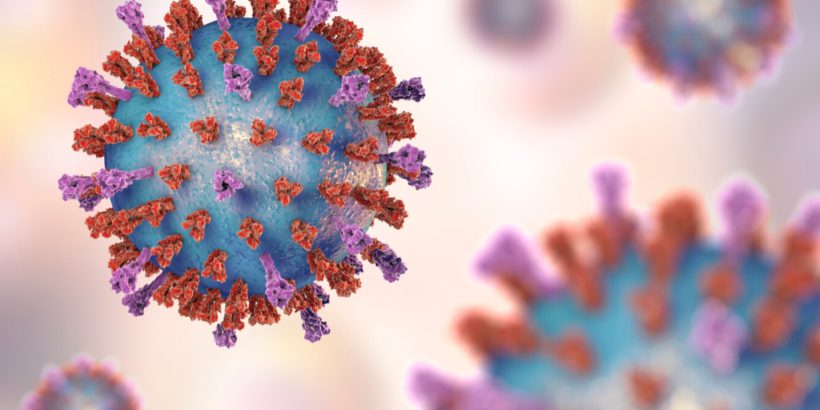If you’re like me, you have been immersed in coverage regarding the coronavirus over the past couple of weeks.
You’ve probably seen a lot of the same type of advice and tips being circulated: keep your distance, wash your hands, avoid unnecessary travel, etc.
All of these tips are good but there is one major aspect of this contagion that is not getting a lot of press and I believe that it is especially important for travelers to be aware of. In fact, it has completely changed how I am thinking about the virus when it comes to traveling and being around groups and others.
It’s called the “viral dose.”
The New York Times states:
The importance of viral dose is being overlooked in discussions of the coronavirus. As with any other poison, viruses are usually more dangerous in larger amounts. Small initial exposures tend to lead to mild or asymptomatic infections, while larger doses can be lethal.
Many people think that all exposures to viruses are equal but that is not be the case.
As the Times points out, “[s]tepping into an office building that once had someone with the coronavirus in it is not as dangerous as sitting next to that infected person for an hourlong train commute.”
During the 2003 SARS outbreak in Hong Kong, researchers believe that fellow residents of an apartment building who were exposed to airborne particles blown from one individual’s apartment unit were more likely to die than distant and neighbors.
So this idea of social or physical distancing is not just about not catching the virus.
It’s arguably more importantly about avoiding a high dose exposure to the virus which could be more deadly.
So as you return to your travels this summer or fall, think about trying to avoid close quarters with others because those are the environments where you could be subject to a higher dose of the virus.
Proximity and duration or two factors to consider.
For example, getting on crowded shuttle buses would be one of the worst types of environments for viral doses since you will be in close proximity with others for an extended period of time.
Meanwhile, getting exposure to the virus from an Amazon package or clothing would be a much lower dose and would on average present a lower risk.
Obviously, trying to avoid high dose exposure when traveling may be very difficult. But I think it can be done by taking extra measures to avoid crowded subways, lounges, and certain places like packed bars and attractions.
Based on what experts are saying, those are the circumstances that present the highest degree of danger. Again, it’s not just about avoiding catching the virus, it’s about avoiding catching such a high dose of it that it is more deadly.
Daniel Gillaspia is the Founder of UponArriving.com and the credit card app, WalletFlo. He is a former attorney turned travel expert covering destinations along with TSA, airline, and hotel policies. Since 2014, his content has been featured in publications such as National Geographic, Smithsonian Magazine, and CNBC. Read my bio.

